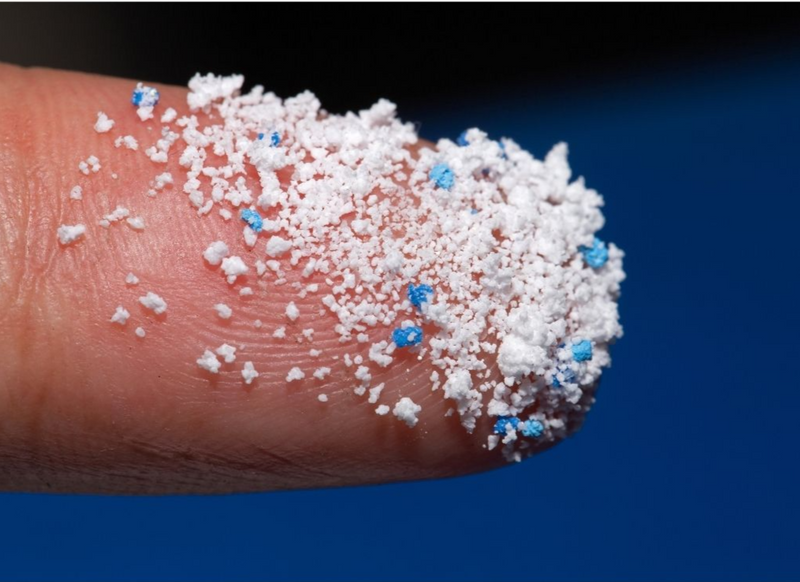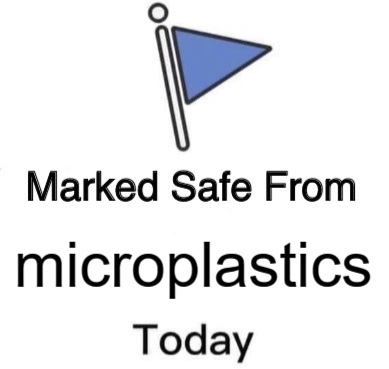
This logo isn't an ad or affiliate link. It's an organization that shares in our mission, and empowered the authors to share their insights in Byte form.
Rumie vets Bytes for compliance with our
Standards.
The organization is responsible for the completeness and reliability of the content.
Learn more
about how Rumie works with partners.
An average person ingests the amount of plastic equivalent to an entire credit card...Every. Single. Week.

It happens because we're exposed to so many microplastics. Microplastics not only affect humans, they've also been found in fish, wildlife, and nature.
Learn ways to avoid microplasticsso you can help protect our planet, its animals, and your long-term health!
What are Microplastics?

Ways to Avoid Microplastics at Home

In the kitchen
Use glass or metal containers and mixing bowls instead of plastic ones

Home decor
Choose bedding and pillows that are made of natural fibers
Install wood, tile, or concrete floors instead of carpeting
Paint with eco-friendly paints
Ways to Avoid Microplastics Away from Home

Eating out
Bring glass containers to the restaurant for your leftovers
Get takeout coffee in your own reusable non-plastic mug
Pass on the straw, or use a paper or metal one

At the office
Bring soups and drinks in a thermos
Keep a plate, mug, and utensils in your desk drawer
Quiz: Clarice's Office

Clarice just learned about microplastics and wants to talk with her employer about some easy ways to reduce plastics at the office.
What could she suggest? Select all that apply:
A. Switch to ceramic coffee mugs instead of styrofoam ones in the break room
B. Prohibit employees from bringing plastics into the building
C. No longer offer beverages in plastic bottles in the vending machine
D. Renovate all conference rooms by removing carpeting and installing wood flooring
Quiz
Claire should select...
Two easy ways to reduce plastic and microplastic exposure are to replace one-time-use coffee cups with ceramic ones and to offer vending machine beverages in cans rather than plastic bottles. Banning all plastics is most likely impossible since so many of our everyday items contain them, and it is unlikely that an employer will renovate conference rooms unless it's already in the budget.
Take Action
Reducing microplastics in your daily life is pretty easy once you're aware of the best ways to avoid them.
Band together with your friends and family to start eliminating them from your environment!

This Byte has been authored by
Mary Ellen D'Intino
Learning Designer | Licensed Social Worker
M.Ed., LSW





